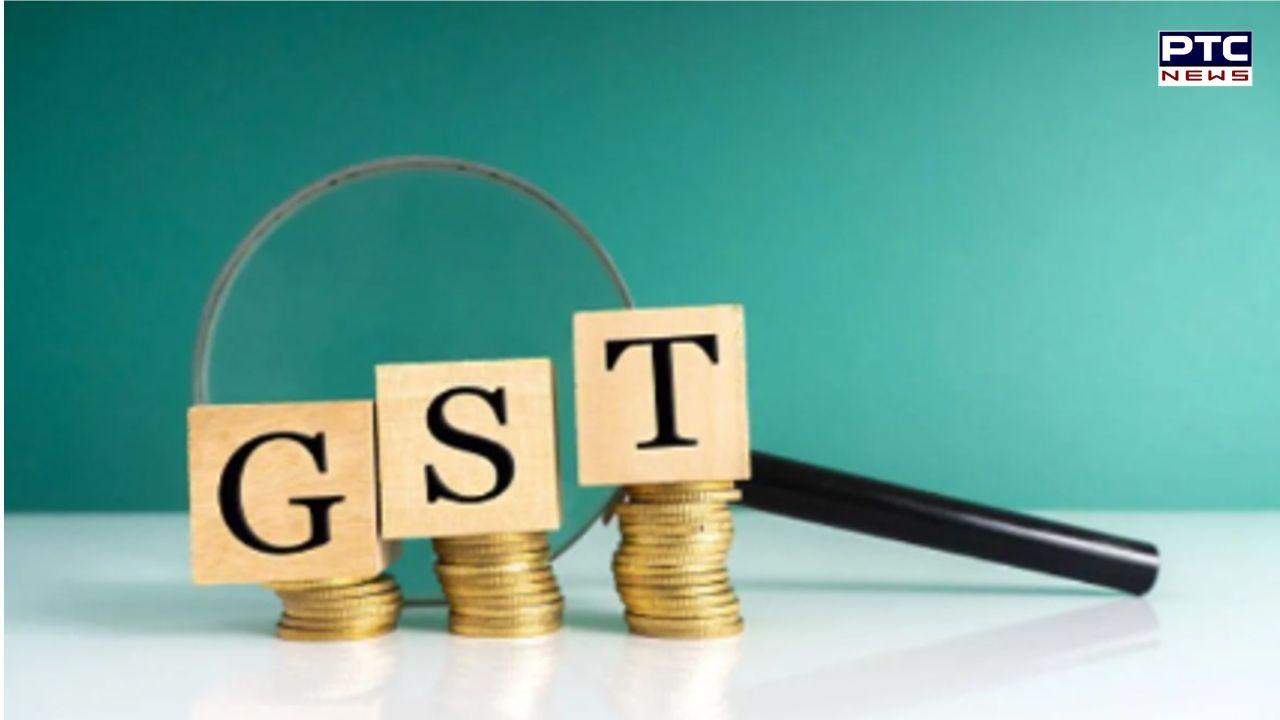

Centre mulling doing away with the 12% GST slab; middle and lower-income households to benefit
PTC Web Desk: After offering significant income tax concessions earlier this year, the Central Government is now looking to bring further relief to middle- and lower-income households — this time through changes in the Goods and Services Tax (GST) structure.
Sources reveal that the Centre is seriously considering doing away with the 12% GST slab completely. Many of the items currently taxed at 12% could be reclassified into the lower 5% bracket, making them more affordable for everyday consumers.
This potential move is aimed at benefiting households by reducing the cost of commonly used items such as: toothpaste and tooth powder; umbrellas; sewing machines; pressure cookers and kitchen utensils; electric irons, geysers, and low-capacity washing machines, bicycles, readymade garments priced above Rs 1,000, footwear priced between Rs 500 and Rs 1,000, stationery like exercise books, geometry boxes, drawing books, vaccines and diagnostic kits, ceramic and glazed tiles, ggricultural tools like mechanical threshers, some packaged food items like condensed milk and frozen vegetables, solar water heaters, and more
These items are currently placed under the 12% tax slab, which covers goods that are useful but not categorised as essential (which fall under 0% or 5%). If approved, the reclassification will reduce prices and provide direct savings to families.
The government is prepared to bear an estimated revenue loss of Rs 40,000 crore to Rs 50,000 crore from this reform. However, officials believe the short-term cost will be offset by a long-term gain through increased consumption and a broader tax base. Cheaper prices are expected to encourage higher sales, boosting overall GST collections over time.
Finance Minister Nirmala Sitharaman has hinted at rationalising the current GST structure in recent interviews. She said the government is working on easing the burden on the middle class by making essential items more affordable under GST.
Despite the Centre's intent, the final decision lies with the GST Council, where states have equal say. Any change in GST rates must be approved through consensus or voting. So far, states like Punjab, Kerala, Madhya Pradesh, and West Bengal have expressed reservations.
The Council has held 55 meetings to date, and only once has a decision been taken through voting — all others were by consensus. The 56th GST Council meeting is likely to be held later this month, though a 15-day notice must be issued before it convenes.
List of common items currently under the 12% GST slab
Tooth powder
Branded toothpaste and soaps (some at 18%)
Hair oil
Umbrellas
Sewing machines
Pressure cookers and metal cookware
Electric irons, geysers
Vacuum cleaners (non-commercial)
Small washing machines
Bicycles, carriages for disabled persons
Public transport vehicles (sold, not fare-based)
Readymade garments (over Rs 1,000)
Footwear (Rs 500–Rs 1,000)
Vaccines and diagnostic kits (HIV, Hepatitis, TB)
Ayurvedic and Unani medicines
School stationery (notebooks, globes, maps)
Glazed tiles (non-premium)
Ready-mix concrete, prefab buildings
Agricultural tools
Certain frozen foods and condensed milk
- With inputs from agencies
